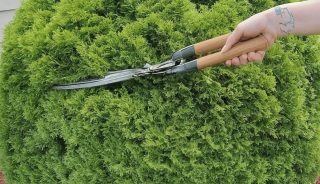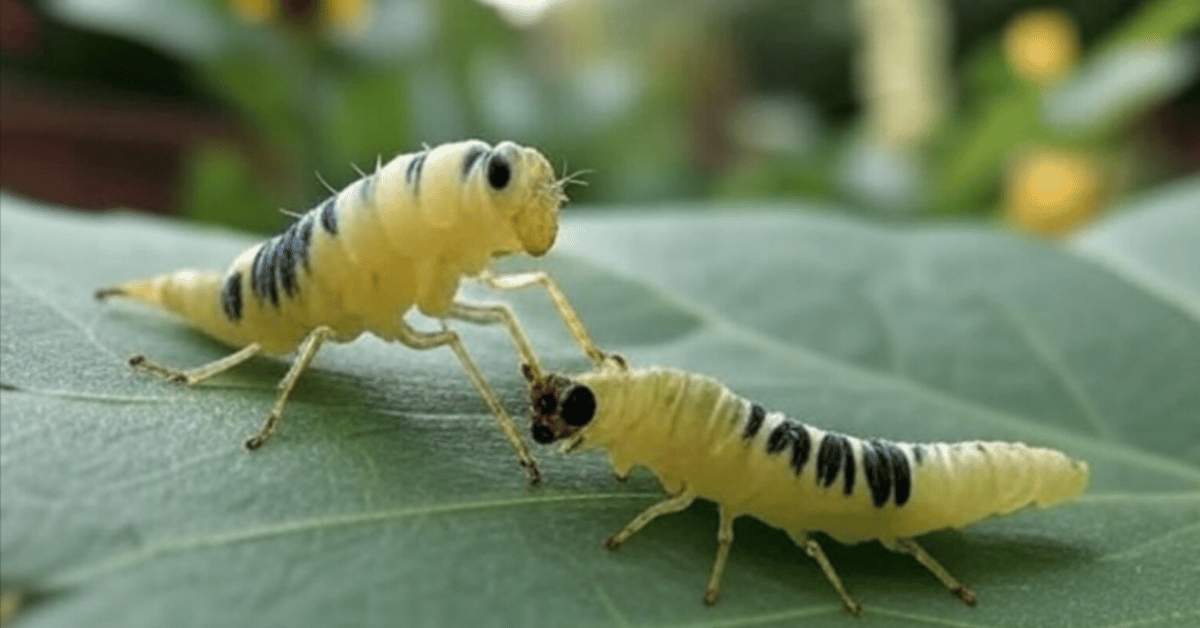Evergreen bushes are staples in many landscapes, providing year-round greenery and structure. To maintain their health and appearance, it's crucial to prune them at the right time. In this guide, Strobert Tree Services, leaders in tree care across Delaware, Pennsylvania, Maryland, and New Jersey, share insights on when to trim evergreen bushes for optimal results.
Understanding Evergreen Growth Patterns
Before delving into the best time to prune evergreens, it's essential to understand their growth patterns. Evergreen bushes, which include popular varieties like arborvitae, juniper, and yew, exhibit continuous growth throughout the year. Unlike deciduous trees that shed their leaves in the fall, evergreens retain foliage year-round.
Spring Growth Surge
Evergreen bushes experience a significant growth surge in the spring. This is when new shoots and foliage emerge, contributing to the lush appearance that defines healthy evergreens.
Summer Maintenance
During the summer, evergreens focus on consolidating their growth. This period is crucial for the branches' development and the bush's overall structure.
Fall and Winter Dormancy
As temperatures drop in the fall, evergreens enter a period of dormancy. While growth slows down, this time is still essential for the plant to allocate resources and prepare for the winter months.
Best Time to Trim Evergreen Bushes
The best time to trim evergreen bushes depends on the evergreen and your goals for pruning—whether it’s maintenance, shaping, or health. Below are the general guidelines for the optimal times to trim.
Late Winter to Early Spring (February to April)
Late winter to early spring is the ideal time to trim most evergreen bushes. When the plants are still dormant, this period allows you to shape and clean up the plant before the growing season starts. During dormancy, the plant’s growth slows down, meaning there’s less risk of stressing it out by pruning too much. Additionally, trimming before new growth begins gives the plant time to recover before producing fresh shoots.
For needle-bearing evergreens, such as pine, spruce, and fir, late winter pruning is particularly beneficial because it encourages the plant to produce dense foliage during the spring growing season. The pruning cuts made during this time will allow the plant to redirect its energy toward healthy new growth once the weather warms up.
Broadleaf evergreens can also be trimmed during this period, especially if you want to remove damaged or overgrown branches. By cutting back overgrowth in late winter, you give the plant an excellent start for spring, which will promote fuller and healthier growth as the season progresses.
Early Summer (June to Early July)
After the spring growth spurt, early summer can be another appropriate time to trim evergreen bushes, especially for light touch-ups and shaping. At this stage, the new growth has had time to harden off, meaning it’s less sensitive to trimming. Summer pruning is generally less aggressive than late winter pruning and is more about maintaining shape and keeping the plant looking neat.
This period works well for broadleaf evergreens like boxwood and holly. These plants typically experience a burst of growth in the spring, and by early summer, they will have matured enough to handle some light trimming. When trimming in early summer, you should avoid cutting into the old wood or trimming too much of the plant. Instead, focus on cleaning up the outer edges and shaping the plant as needed.
For needle-bearing evergreens, avoid trimming during midsummer's heat. However, early summer can still be a good time for minimal shaping. Just be sure to keep an eye on the weather, as excessive heat can stress the plant during the trimming process.
Late Summer to Early Fall (August to September)
Another option for trimming evergreen bushes is late summer to early fall, but caution is required. This is typically not the best time for heavy pruning, as trimming too late in the season can encourage new growth that won’t have time to harden off before winter. The result is that new growth may be vulnerable to damage from frost or freezing temperatures.
However, light trimming during late summer can still be beneficial, especially for broadleaf evergreens that might have developed some unwanted growth over the summer. Keep pruning to a minimum, focusing on removing only dead or diseased branches and cleaning up the shape.
Late summer to early fall is also not an ideal time for heavy trimming for needle-bearing evergreens. Any new growth that occurs at this time will likely be weak and susceptible to damage during the winter months. Instead, save heavy pruning for late winter or early spring, when the plant has ample time to recover.
The Best Time is late Winter to Early Spring.
Strobert Tree Services recommends pruning evergreen bushes during late winter to early spring for several reasons. This timeframe, typically from late February to early April, offers unique advantages that contribute to the overall well-being of the plants.
1. Dormancy Period
Late winter is an ideal time for pruning because evergreens are still in dormancy. This means the plant's energy could be more actively focused on growth, allowing it to allocate resources more efficiently to the pruning wounds. The result is a faster healing process, minimizing stress on the plant.
2. Before New Growth Emerges
Pruning in late winter ensures that the evergreen bushes are trimmed before the new growth spurt in spring. This helps shape the plant and encourages a more compact, bushy form. It also prevents the removal of new growth that has just emerged.
3. Disease Prevention
Winter pruning reduces the risk of disease transmission. With fewer pests and pathogens active during this time, the wounds created by pruning are less likely to attract harmful organisms. This preventative measure contributes to the long-term health of the evergreen.
When Not to Trim Evergreen Bushes
While trimming evergreen bushes is essential for their health and appearance, there are also times when it’s best to avoid trimming. Trimming at the wrong time can lead to damage, stress, and potential plant loss.
Late Fall to Early Winter (October to January): Trimming during late fall or early winter is generally discouraged. During this time, plants prepare for dormancy, and pruning may stimulate new growth, which will be too tender to withstand winter conditions. Cold weather can also cause dieback or shock to the plant, especially if it experiences a harsh winter.
Mid-Summer (July to August): The hottest part of summer is not a good time for heavy pruning. The heat can stress plants significantly if trimmed back too far, exposing them to the elements. If summer pruning is necessary, limit it to light touch-ups, focusing only on minor shaping and avoiding deep cuts.
How to Prune Evergreen Bushes Effectively
Now that you know the best time to prune evergreen bushes, let's explore some effective strategies recommended by arborists at Strobert Tree Services.
1. Selective Pruning: First, focus on removing dead, damaged, or diseased branches. This selective approach enhances the overall health of the evergreen while maintaining its natural shape.
2. Maintain Proportions: When pruning, aim to maintain the natural proportions of the bush. Avoid excessive trimming, as this can lead to stress and impact the plant's ability to photosynthesize effectively.
3. Use Sharp Tools: Use sharp, clean pruning tools to make precise cuts. Dull tools can cause jagged cuts, leading to slower healing and an increased disease risk.
4. Consider the Plant's Form: Different evergreen species have unique growth habits. Understanding the natural form of the plant will guide your pruning decisions. For example, some evergreens may benefit from thinning to allow better air circulation, while others may require shaping to maintain a specific size and shape.
Conclusion
Pruning evergreen bushes is vital to their care, contributing to their health and aesthetic appeal. Strobert Tree Services recommends the optimal time for this essential task from late winter to early spring. By understanding the growth patterns of evergreens and employing effective pruning techniques, you can ensure the longevity and vitality of these landscape mainstays.
For professional tree care services in Delaware, Pennsylvania, Maryland, and New Jersey, contact Strobert Tree Services – your trusted partners in preserving the beauty of your outdoor spaces.











